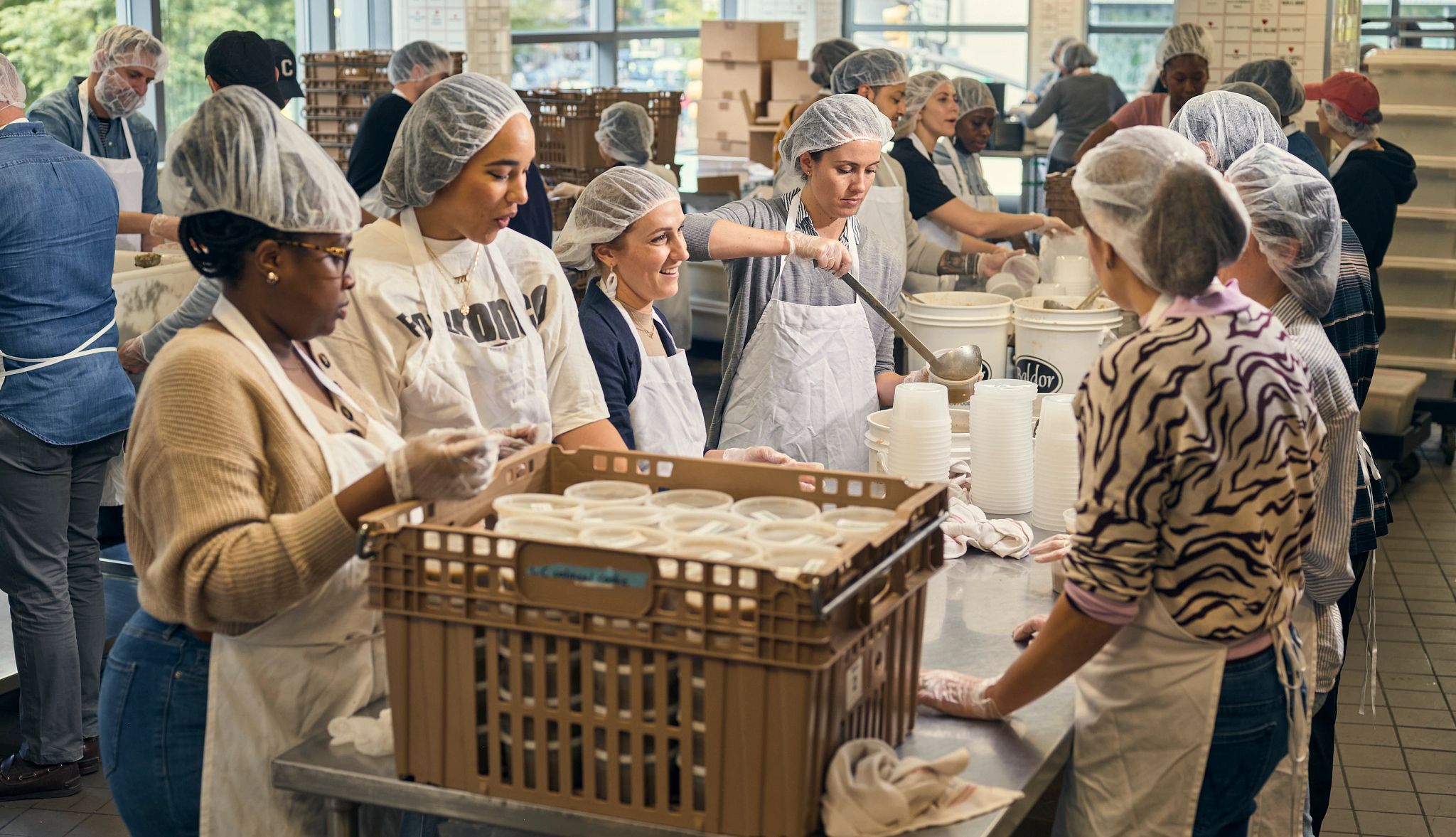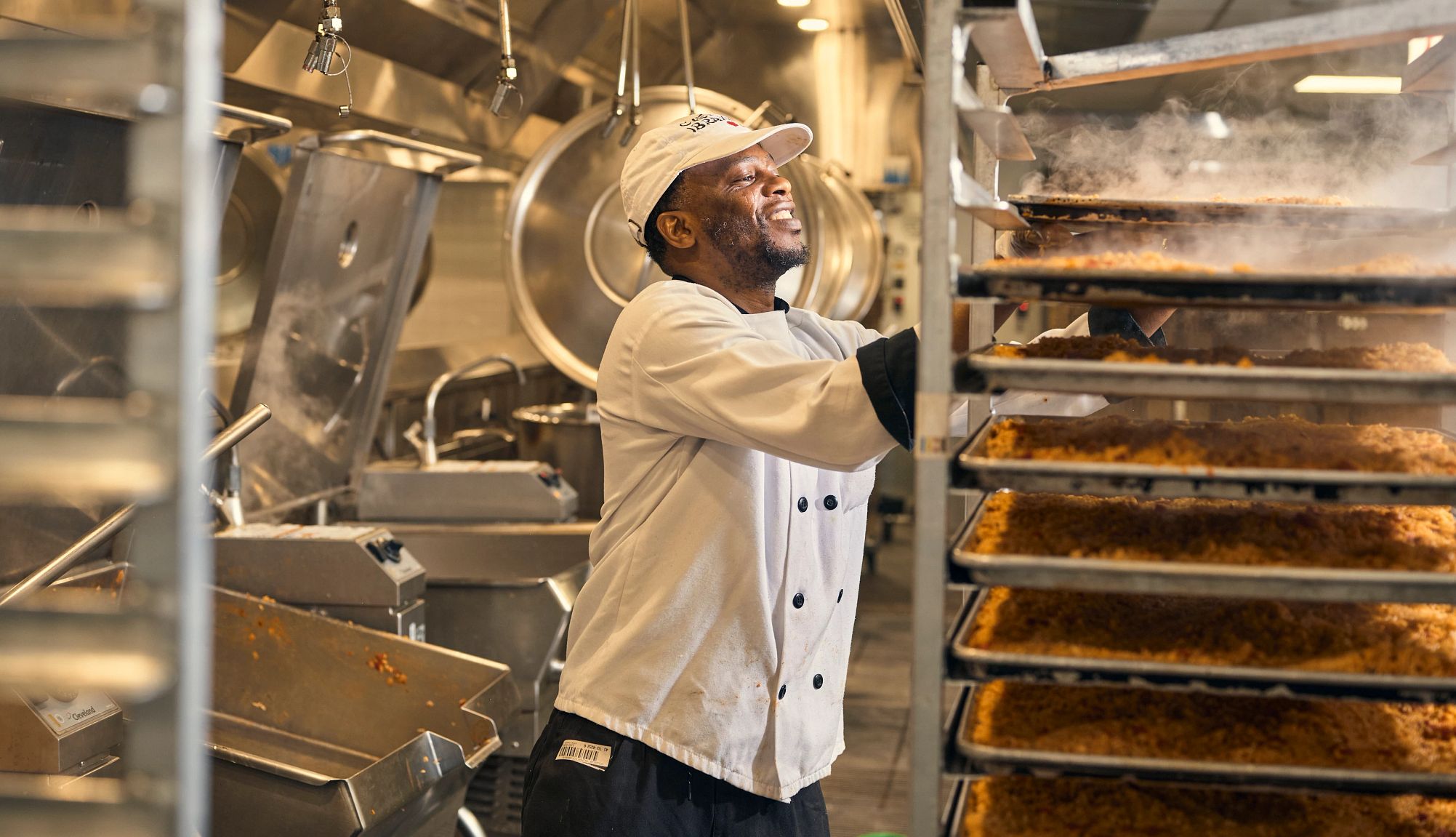AARP Hearing Center


“Nutrition is an essential component in preventing and treating chronic disease,” says Lori Gaskill, manager of health-related social needs at GLWD. “Good nutrition supports our gut health, our brain health and our overall outlook on ourselves and our communities. Social supports like nutrition, housing, transportation and community — these all contribute to wellness, and that starts with what we put in our bodies.”
Medically tailored meals are fully prepared, nutritionally tailored and generally home-delivered to people living with diet-sensitive conditions like diabetes, cardiovascular disease, end-stage kidney disease, HIV/AIDS and cancer. Research shows that those who receive medically tailored meals have healthier eating habits (recipients report upping their intake of fruits and vegetables), improved mental health, better medication adherence and fewer hospitalizations.
But unless you’re a registered dietitian nutritionist — or preparing meals under the guidance of one — creating medically tailored meals at home is all but impossible. Cooking nutritious meals for a loved one with medical needs, however, is a different matter.
With that in mind, we asked nutritionists at GLWD for their tips on how at-home caregivers can check all the boxes and make meals for a loved one with medical needs that are not only nutritious but tasty, easy to whip up and won’t break the bank.. Here’s what they said.
Put a healthy spin on family favorites with ingredient swaps.
“Food is never just food — it’s identity, memory and tradition served on a plate,” says Dorothy Auer, pastry chef at GLWD. “Traditional dishes carry generations of wisdom and meaning, and when we prepare meals for others, we have a responsibility to honor those roots. That’s why it’s so important to create meals that are culturally in sync with the people we’re serving.”
Join Our Fight for Caregivers
Here’s what you can do to support family caregivers:
- Sign up to become part of AARP’s online advocacy network and urge lawmakers to pass legislation to save caregivers time and money.
- Find out more about how we’re fighting for you every day in Congress and across the country.
- AARP is your fierce defender on the issues that matter to people age 50-plus. Become a member or renew your membership today.
But striking a balance between health and heritage can be challenging if you’re cooking for a loved one who has a chronic condition like, say, heart disease or type 2 diabetes.
“Food processing and modern dietary trends have, unfortunately, stripped a lot of our traditional staples — like tortillas or pasta — of their original heartiness and nutrition,” says Auer. “These changes don’t just affect health; they impact satisfaction and the emotional comfort that food should provide. Ask [your loved one] about the dishes that matter most to them. Learn the flavors and techniques that bring them comfort. Then, find ways to bring those elements to the table while still meeting nutritional needs.”
Instead of eliminating familiar foods or suggesting radical dietary overhauls, for instance, modify favorite meals with ingredient swaps. Replace those that are high in sodium, saturated fats and added sugars with healthier alternatives. For example, use herbs and spices instead of salt, choose unsweetened products over sweetened ones, use plain Greek yogurt in place of sour cream and use applesauce instead of oil when baking.



































































More From AARP
Handling an Adult Child's Death: The Aftermath of Long-Term Caregiving
Parents use the painful loss of their son to make a difference for others like him
Caregiving for a Spouse After a Traumatic Injury
Geralyn and Jonathan Ritter’s relationship weathered a tragic accident and came out stronger
How Caregivers Can Build Trust With Their Loved Ones' Doctors
Develop a relationship based on straightforward communication and mutual respect